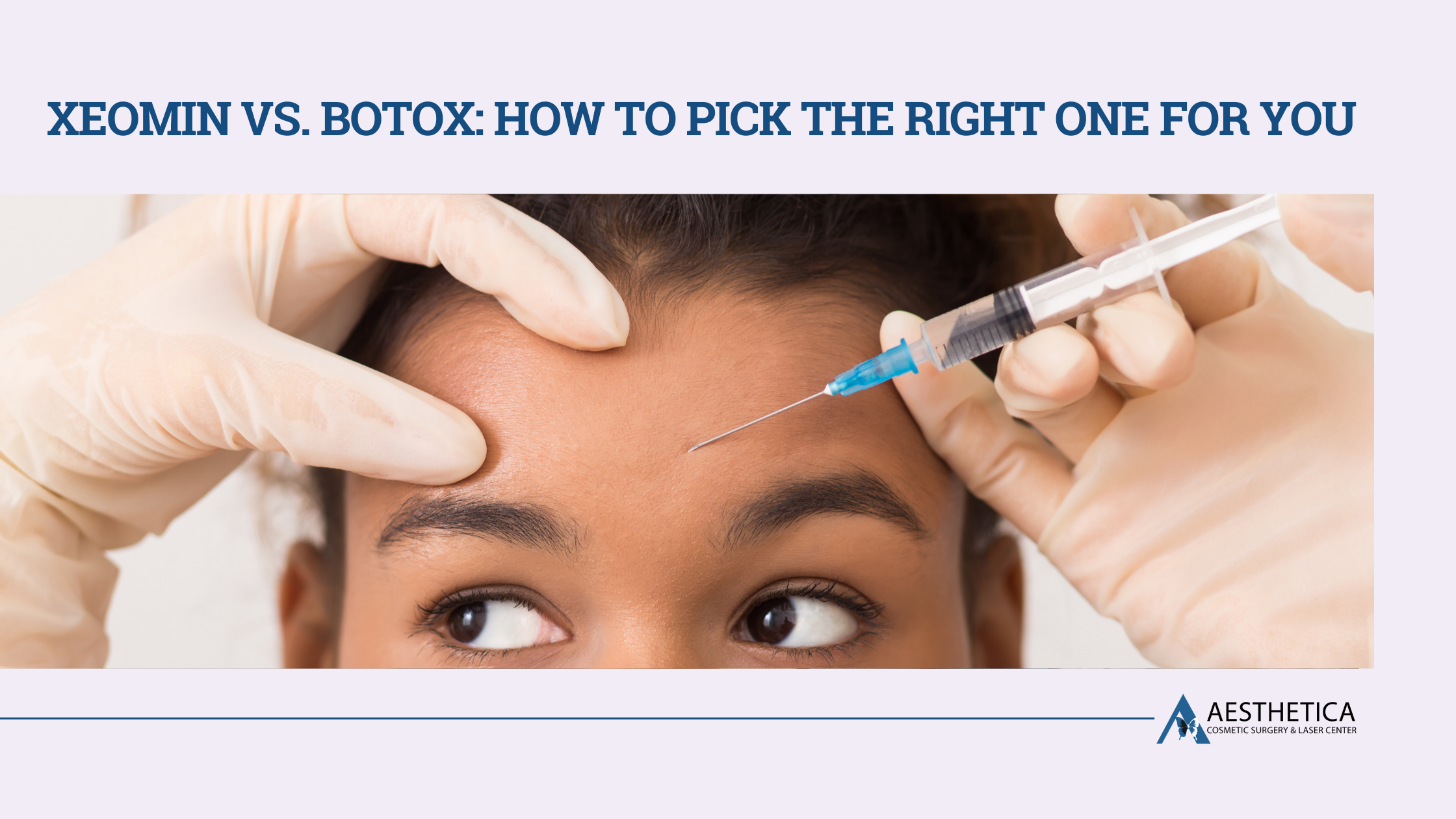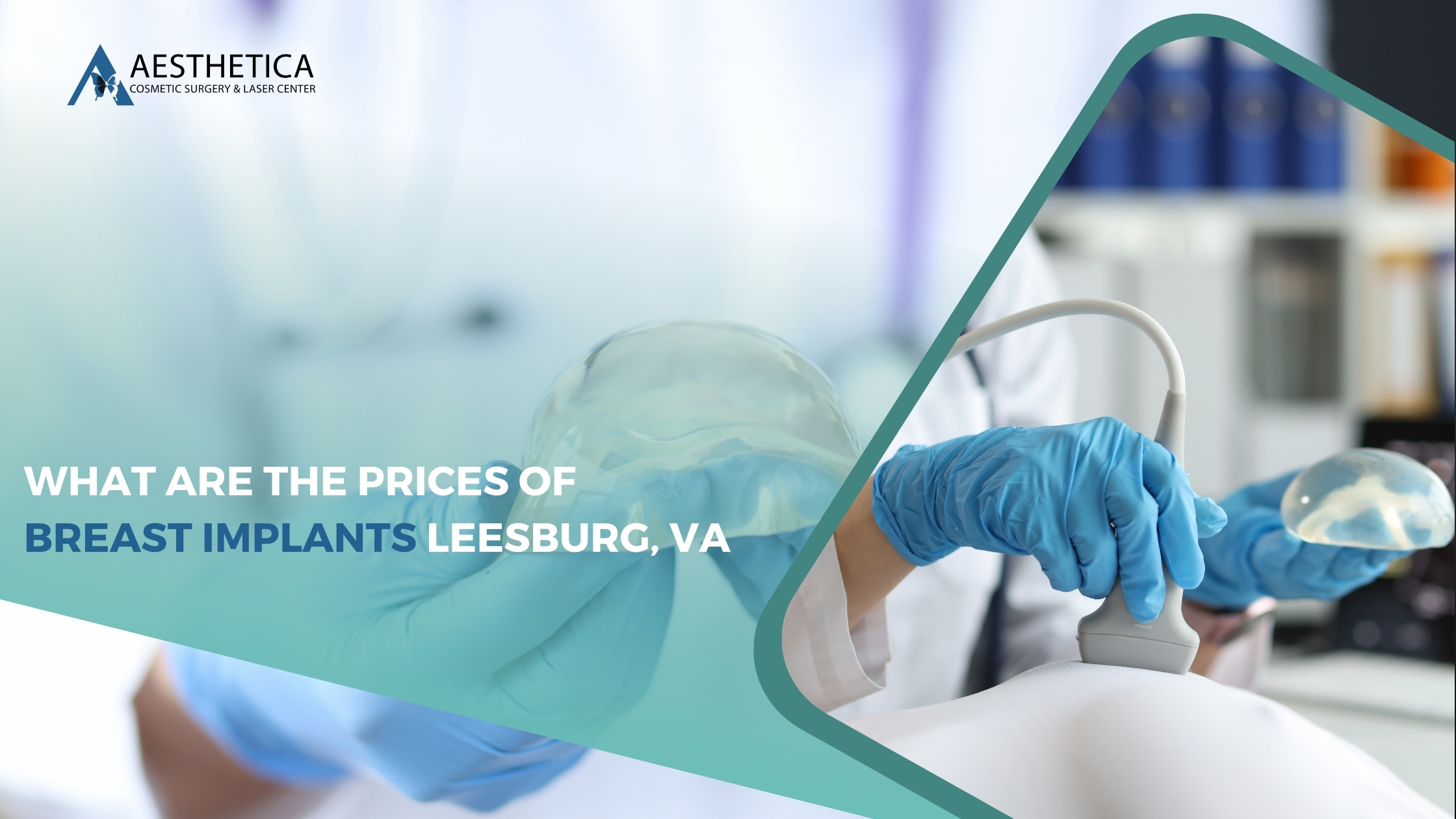Current Trends in Breast Augmentation14 min read

Phillip Chang, MD
Board Certified By The American Board of Plastic Surgeons.
Voted Top Plastic Surgeon in Loudoun, Virginia
Offices in Leesburg, Virginia.

If you are interested in a breast augmentation, wouldn’t you want to know exactly what is involved in an “average” procedure? After all, breast augmentation is one of the most common plastic surgery procedures in the world. In 2017 alone, 337,000 women underwent a breast augmentation procedure.
A 2018 article published in the Aesthetic Surgery Journal highlighted the current trends in breast augmentation. The study analyzed close to 12,000 women between 2011 and 2015 to determine the common elements of the breast augmentation procedure.
Below, you can read the findings of this study so you can make an informed choice about what to expect when you approach a plastic surgeon to get a breast augmentation.
We’ll cover the following topics:
- How common is it to have a mammogram before a breast augmentation?
- What is the most common incision type for breast augmentation?
- What is the most common type of breast implant used for breast augmentation?
- What is the most common breast implant pocket placement, above or below the muscle?
- How common is it to use preventative antibiotics for breast augmentation?
- How common is it to protect against DVT blood clots during a breast augmentation?
Knowing how the majority of plastic surgeons might perform a procedure is one of the most important checks in finding the right plastic surgeon who can perform your cosmetic procedure safely.
Mammograms before breast augmentation
The majority of women do not have a mammogram before having a breast augmentation. The study found that less than 25% of women have a mammogram prior to a their breast augmentation surgery. Most plastic surgeons adhere to the screening guidelines layed out by the American Cancer Society, which recommends annual screening mammograms starting at age 45 for women of average breast cancer risk, with the option to begin screening at age 40. There are no research studies that definitively show that getting a preoperative “screening” mammogram is effective in detecting occult breast cancer in average risk patients younger than 40 years of age.
Incision types for breast augmentations
Inframammary crease incision: the most common type
The vast majority of breast augmentations are performed using a inframammary crease incision, 75% to be exact. 75% of breast augmentations are performed using an inframmamary crease incision. About 18% of breast augmentations are performed using a periareolar incision. The remainder of breast augmentations are performed using either a transaxillary incision or a transumbilical incision.
What is an inframammary crease incision?
An inframammary crease incision is an breast augmentation incision placed under the breast into the breast crease line directly below the breast. The benefits of the incision include that it is not visible unless you raise the breast and look underneath. Even then, the scar quality is excellent and virtually invisible in most patients. It also has the benefit of being close to the chest muscle insertion, making it easier to properly create and place the breast pocket underneath the muscle. The inframammary crease incision has the lowest overall complication rate.
What is a periareolar incision?
The periareolar incision is a breast augmentation incision placed under the areola between the pink areola and the normal skin. The benefit of the incision it can often be very difficult to see after it is healed. The problem with the incision is that it may not heal as well as you might like, giving you a potentially very visible scar. Additional problems include the potential for injuring nerve endings to the nipple and milk ducts. More recently, some studies have linked a higher incidence of capsular contracture to the use of this incision. The theory is that subclinical bacteria can be exposed to the implant through the milk ducts.
What is a transaxillary incision
A transaxillary incision is an interesting breast augmentation because it is not placed on the breast at all. Instead, the incision is placed in the arm-pit, giving you no tell-tale sign of a breast augmentation. The problem with the incision is that it might be visible with the arm raised; but more importantly, the transaxillary breast augmentation incision has the highest complication overall in terms of breast implant rupture, malposition, and infections. Further, if a patient requires a secondary surgery, a breast incision will be required (obviating the original benefit of the incision).
What is a transumbilical incision
A transumbilical incision has a similar benefit to the transaxillary incision since it is performed without having to make a breast incision. Notably, it is rarely performed because it can only be used for a saline implant. And because it has an extremely high rupture complication rate, the implant companies will not warranty implants placed using this method.
Silicone or saline breast implants: which is more common?
What type of breast implant feels more natural?
Saline was the only available implant type before 2006 because the US Food and Drug Administration restricted the use of silicone implants between 1992 to 2006. The moratorium on silicone filled breast implants was lifted in 2006.
Silicone filled breast implants have been gaining in popularity ever since. By 2011, over 50% of breast implants were silicone breast implants. By 2015, close to 80% of breast implants were silicone filled breast implants.
The newest generation of silicone filled breast implants are made of a semi-cohesive silicone gel. They are designed to look and feel more natural and less prone to visible rippling as they are gel-like. In addition, they are designed to keep its shape even if the shell of the implant were to break.

Breast implant placement: above or below the muscle?
The most common breast implant pocket placement is below the breast muscle (submuscular pocket). The study shows that 30.6% of all breast implants are placed in a submuscular plane while 26.7% of implants are placed in a dual plane (partially submuscular). The remainder of plastic surgeons will place the implant in the subglandular plane (between the breast and the muscle).
What is a submuscular breast implant pocket?
The submuscular breast implant pocket is the most common placement of the breast implant. The implant is placed by first cutting the muscle as it inserts near the clavicle. A pocket is created under the muscle to house the implant. The submuscular implant placement has the advantage of superior upper pole aesthetics, better tissue visualization on mammography, and a slightly lower incidence of capsular contracture.
What is a duel plane breast implant pocket?
The duel plane breast implant technique is the second most common placement of the breast implant. As the name implies, the pocket is partially under and partially over the chest muscle. It has similar advantages over the submuscular breast implant technique – including superior appearance of the superior pole cleavage, excellent visualization on mammography, and a lower incidence of capsular contracture.
What is subglandular breast implant pocket?
The subglandular breast implant pocket is created above the chest muscle. It is an older technique. Some surgeons continue to use this technique because it is an easier technique that can be performed with significantly less pain and recovery. However, it has the highest rates of capsular contracture, unwanted visibility of the outlines of the breast implant, and rippling.
Capsular Contracture after breast augmentation
Capsular contracture is a well-described complication following implant placement. The body will under normal circumstances create a thin capsule around a breast implant. Capsular contracture describes the abnormal condition where the capsule becomes abnormally thick. Capsular contracture is analogous to an abnormally thick scar. Not only is it harder than normal, but it also can distort the appearance of the breast and cause pain if the condition is bad enough.The incidence of capsular contracture varies widely in the literature, ranging from 2.8% to 20.4%.
Antibiotics before breast augmentation
Are antibiotics always given before a breast augmentation?
Antibiotics were given in 98.7% of all breast augmentation surgeries in 2015. This is a massive increase from the 3.8% in 2011. Prior to that time, the standard of care was to only give preoperative antibiotics judiciously in order to prevent drug resistance.
However, evidence has grown in recent years supporting the use of prophylactic antibiotics – not only to prevent infections, but also to decrease the rate of capsular contracture. The newest theory on how and why capsular contracture develops revolves around the presence of sub-clinical bacterial contamination from the skin surface.
Measures taken to decrease the potential for sub-clinical bacterial contamination of the breast implant include preoperative antibiotics, bathing the breast implant in triple antibiotics (3 different antibiotics) immediately before placing the implant, avoiding the periareolar and axillary breast incisions as they might have higher bacterial counts, and placing the breast implant under the chest muscle so that the more vascular muscle can protect the implant better. Using the keller funnel also helps prevent bacterial contamination on the implant because it helps prevent the breast implant from touching the skin when the implant is inserted in surgery.
Watch this video on the keller funnel!
Although there does not appear to be any uniform guidelines from either the American Society of Aesthetic Plastic Surgery or the British Association of Aesthetic Plastic Surgeons, the literature supports the use of a single preventative dose of antibiotics before the start of surgery.
Preventing Deep Vein Thrombosis
DVT stands for deep vein thrombosis. It describes a blood clot in the back of the leg due to pooling of static blood in the calves. Blood will pool in the calves with any condition where a person does not move such as sitting for a long time on a car ride or plane… or during a prolonged operation.
Due to the elective nature of breast augmentation, prevention of a DVT blood clot is vital to the safety of the procedure. The Plastic Surgery Foundation identified DVT as a research priority in 2009 and funded the Venous Thromboembolism Prevention Study. 90.6% of plastic surgeons will and should employ some form of DVT prevention.
Standard of Care for Breast Augmentation Includes: Silicone breast implants placed through an inframammary crease incision into a submuscular breast pocket using a Keller Funnel. Antibiotics are given before the procedure in addition to bathing the breast implant in antibiotic solution prior to the insertion of the implant. DVT prevention should always be included.
FAQs About Breast Augmentation
No, the only reported cases of breast cancer post-surgery is when textured breast implants are used. No recent studies have connect smooth implants and breast cancer.
Not exactly. It is a technically a cancer in the breast but not really a breast cancer . The distinction is that the cells that form the cancer are not breast cells. BIA-ALCL is a type of non-Hodgkins lymphoma; it is a cancer of the immune system.
I would argue that in most cases textured implants are unnecessary to achieving your desired aesthetic. Textured implants are largely used for anatomic or tear-drop shaped implants to prevent them from rotating in the breast pocket. But, tear-drop shaped implants are the wrong look for most women.
No, according to Susan Koman. In fact, the organization found that many studies show a LOWER risk of breast cancer among women with implants.
Not at this time. According to FDA representatives, they don’t meet the legal standard for banning at this time.
Absolutely contact your health care provider. Some swelling and pain is to be expected after surgery. If you feel any lumps or bumps that are not normal to your breast tissue however you may require some imaging just to be on the safe side. Follow up with your breast surgeon and your health care providers.
Educate yourself and contact us. We would be happy to help you weigh the pros and cons of all the different breast implant options. We want to make these decisions as easy for you as possible!
INVITATION
Wondering whether breast augmentation might be the best cosmetic solution for you? We invite you to simply come in for a complimentary consultation with Dr. Chang or one of the cosmetic laser and injection nurses to explore whether you would make a good candidate. To find out more whether Aesthetica can help you, contact us online or at 703-729-5553 to arrange an appointment. Dr. Phillip Chang is a board-certified plastic surgeon in Northern Virginia near Leesburg, Virginia and an expert in a wide variety of cosmetic treatments.
Let Us Help You!
Our office can provide you will helpful information, schedule a free consultation, and get a 3D Vectra scan of your anticipated results.
Contact Dr. Chang's Office:
Resource
Current Trends in Breast Augmentation: Analysis of 2011–2015 Maintenance of Certification (MOC) Tracer Data
Tiffany N S Ballard, MD Sean Hill, MD Bao Tram Nghiem, MD Jerzy R Lysikowski, PhD Keith Brandt, MD Paul S Cederna, MD Jeffrey M Kenkel, MD
Aesthetic Surgery Journal, Volume 39, Issue 6, June 2019, Pages 615–623, https://doi.org/10.1093/asj/sjy176
Published: 24 July 2018
More Articles For You

DAXXIFY: The Before and After
Embarking on a cosmetic treatment journey with DAXXIFY holds anticipation, and questions but most importantly

Xeomin vs. BOTOX: How to Pick the Right One for You
The choice between Xeomin and BOTOX can be as perplexing as choosing the perfect outfit

What Are the Prices of Breast Implants in Leesburg, VA?
When considering breast augmentation, one of the crucial aspects patients often inquire about is the

Where to Find the Best Plastic Surgeon in Leesburg, VA!
Embarking on the journey to enhance your appearance and boost your confidence through plastic surgery
